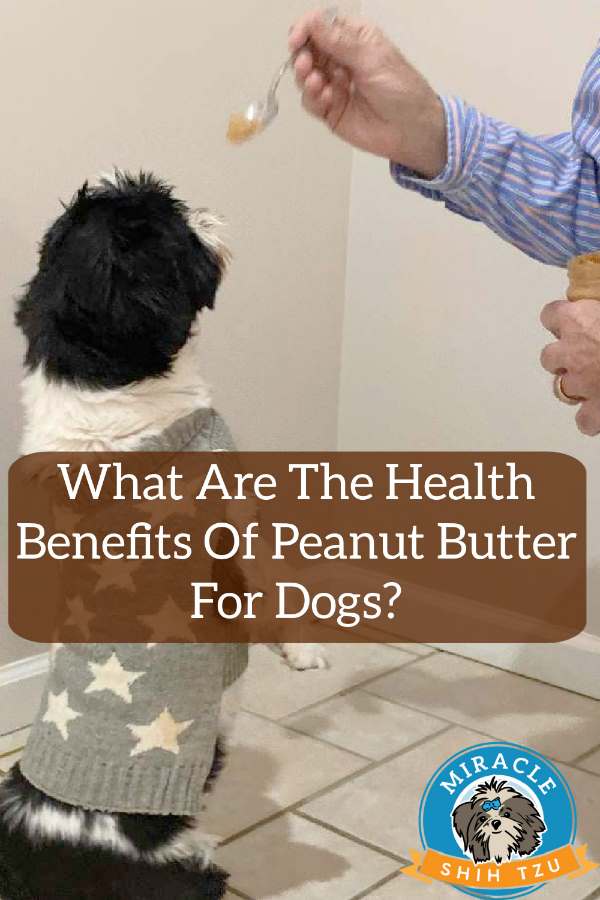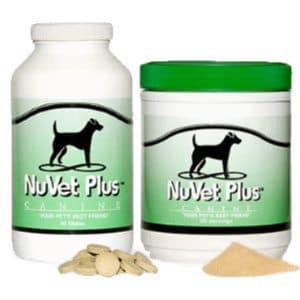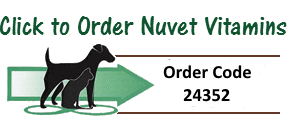What Are The Health Benefits Of Peanut Butter For Dogs?
Health Benefits of Peanut Butter for Dogs |Published 11-18-2022
Everyone loves to give delicious treats to their dogs. Just as much as people love to feed their families, they also want their dogs to enjoy the food they provide.
However, delicious does not necessarily mean it is suitable for your dog. You need to keep your dog from unhealthy foods and anything that may be toxic to them.
Peanut butter is something that dogs love to eat. It’s tasty and benefits your dog when taken in moderation.
If you’re wondering ‘what are the health benefits of peanut butter for dogs?” you’re at the right place. Here, we provide a detailed explanation of giving peanut butter to dogs.
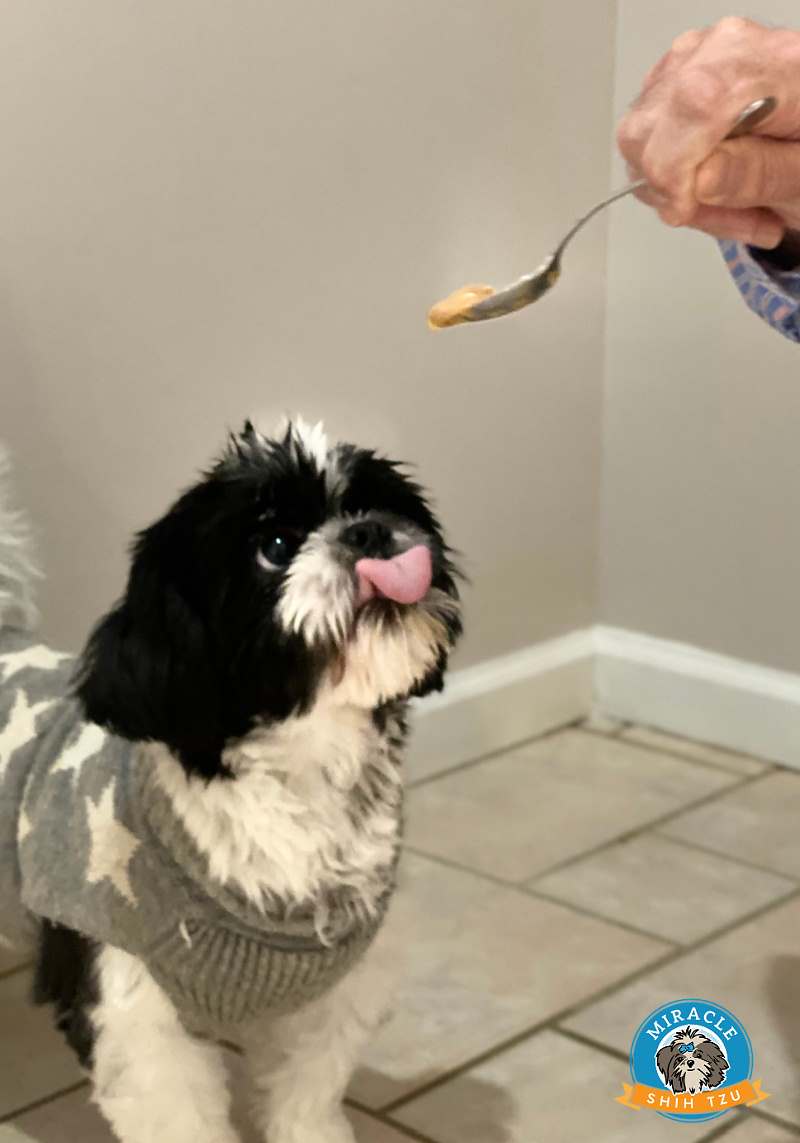
Is Peanut Butter Good For Dogs?
The first question is if peanut butter is suitable for dogs. Should you avoid giving it to your dog, or does it have health benefits?
The answer is that, yes, you can give your dog peanut butter. It’s safe as long as you give it in moderation. Too much peanut butter could cause unwanted problems; more on that later.
When taken in moderation, peanut butter is healthy for your dog. Peanut butter is an excellent snack for dogs, and they love the taste of it.
What Are The Health Benefits Of Peanut Butter For Dogs?
 What are the Health Benefits of Peanut Butter for Dogs?
What are the Health Benefits of Peanut Butter for Dogs?It Is Ideal For Interactive Toys
Interactive toys are a great way to keep your dog occupied and improve its mental health. It also keeps it from feeling bored and showing destructive behavior.
Interactive toys allow dogs to hunt for food; peanut butter is perfect. It’s the ideal food for dogs to fulfill their natural instincts. IPetGuides provides a detailed guide on how you can use peanut butter for interactive toys.
The consistency of peanut butter is the reason for this. This consistency makes it challenging to get all of the morsels. Therefore, your dog will be busy feeling nourished and productive with no time left for other things.
It is excellent for sneaking pills
You know how hard it’s to give pills to dogs. It’s the same as trying to give medicine to a child. They are remorseful about taking pills and would avoid it at any cost.
That is where peanut butter comes into play. Its thick consistency makes it sticky and easily binds.
Peanut butter smells good and helps hide the smell of the pills. It also tastes delicious, so your dog will not feel the taste of the medicine.
Even dogs with a sharp sense of smell cannot detect what’s hidden in the peanut butter.
It Is Very Nutritious

Peanut butter is a nutritional powerhouse for dogs. It contains proteins, fiber, and healthy fats, that are essential for your dog’s growth and to stay healthy.
Peanut butter is also an excellent source of folic acid, which aids cell growth. It also has magnesium, which helps a dog’s body cells metabolize B complex vitamins.
It's also a great source of Vitamin E and niacin.
With all these nutritional benefits, peanut butter is a delicious but healthy treat for your dog.
There Is A Variety Of Peanut Butter Dog Treats Available
With peanut butter, your options are endless. You can find delicious peanut butter treat recipes to give your dog some tasty food.
You even have the option of trying out a range of premade peanut butter treats that are available in the market. These treats vary based on ingredients and unique features, and you can choose one that you feel is best for your dog.
You can even select a peanut butter brand with sugar, salt, or peanuts roasted in fatty oils. Instead, these healthy treats offer the benefits of added supplements for optimum health.
It’s Hilarious When Dogs Lick And Smack
Dogs enjoy peanut butter so much that it’s great for their mental health.
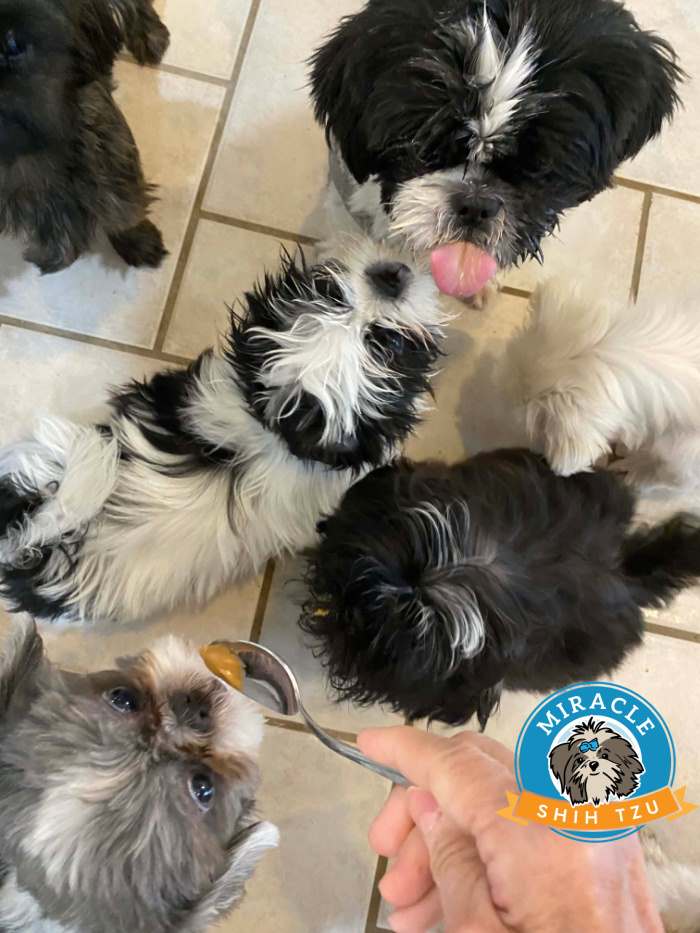 Peanut Butter Feeding Frenzy
Peanut Butter Feeding FrenzyHow Do You Know if Your Dog Loves Peanut butter?
You’ll know your dog loves the peanut butter treats you give it when it does the following.
● Endlessly smack and lick the peanut butter.
● Wag its tail with excitement and enthusiasm.
● Make you laugh.
● Hunt and collect interactive toys for a long time.
● Make you feel like you’re its whole world.
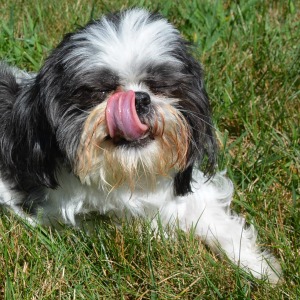 Peanut butter can be messy for some dogs.
Peanut butter can be messy for some dogs.How Much Peanut Butter Can Dogs Eat?
When giving peanut butter to your dog, you need to remember that too much is not good. Too much peanut butter could show adverse results on your dog.
According to veterinarians, a general rule of thumb is the ten percent rule. Peanut butter should not make up more than ten percent of your dog’s diet.
If your dog has peanut butter for the first time, let it try with a tiny lick. You must consult a vet or avoid giving peanut butter if it shows any adverse reactions.
Xylitol Poisoning In Dogs
Xylitol is an artificial sweetener usually found in gum and other sweets. Until recently, xylitol was included in store-bought peanut butter.
Xylitol is toxic to dogs. It can increase blood sugar levels because of the release of insulin. Side effects of consuming xylitol include coughing and wheezing, which could ultimately lead to seizures and even death.
Always check the label when buying peanut butter, and avoid giving your dog anything that contains xylitol. If you suspect your dog has consumed xylitol, take it to the vet immediately.
What Kinds Of Peanut Butter Should You Give Dogs?
When choosing a suitable peanut butter for your dog, it’s better to go for all-natural and organic products, preferably without adding salt or sugar. Most of these peanut butter products will not contain xylitol, which is toxic to dogs.
Organic and all-natural products are also free of any preservatives and other unhealthy additives for your dog.
Stay away from products that are labeled as ‘low-sugar’ or ‘reduced-fat’ because those are the ones that are more likely to have additives.
What Are The Ways You Can Give Peanut Butter To Dogs?
There are several ways in which you can give peanut butter to your dog.
- By adding it to puzzle feeders and toys.
- By including it with medication.
- Put it on a lick mat on the floor or wall and distract your dog from unpleasant experiences like nail clipping.
- By adding them to homemade treats such as biscuits and cookies.
- Mix it with your dog’s regular food or use it as a food topper.
When Is It Not Recommended To Give Peanut Butter To Dogs?
There are some instances where you shouldn’t give your dog peanut butter.
Weight management
Peanut butter is a high-fat food. If your dog is obese or is in a weight management program, it’s advisable not to feed it peanut butter. It could cause your dog to gain more weight and even cause complications in your dog’s pre-existing health conditions.
Food allergies
Allergic reactions are common in dogs just as much as it is in people. Although peanut butter doesn’t cause severe allergies in dogs, it’s always better to stay on the safe side and let your dog lick it to see if there is any reaction for the first time.
Common symptoms include diarrhea, vomiting, itchy skin, hair loss, swelling around the eyes or muzzle, and rapid breathing. Always start slowly and gradually increase the amount of peanut butter when beginning to give it to your dog.
Risks Of Feeding Peanut Butter To Dogs
Dogs can eat peanut butter mixed with their regular food or treats. However, vets recommend checking out certain risks of eating peanut butter products in some dogs.
- Your dog might have a peanut allergy and symptoms like severe itching and difficulty breathing.
- Peanut butter could cause weight gain and other health issues if given in excess. The recommended amount is that it should not exceed ten percent of your dog’s diet.
- Peanut butter products that contain xylitol can cause seizures or even death in dogs. Dogs are toxic to xylitol, so always check the label.
- Too much peanut butter could cause your dog’s gastrointestinal problems, like many high-fat foods.
Conclusion
There are many health benefits in giving peanut butter to your dog, as long as you do it in moderation. Dogs love treats with peanut butter, and its consistency makes it easy to feed your dog in several ways.
Peanut butter is an excellent way to feed your dog medication, which it would otherwise refuse to take.
Always check the label when buying peanut butter from the store, as it could contain harmful ingredients like xylitol.
Frequently Asked Questions
How Much Peanut Butter Should A Dog Eat?
The amount of peanut butter that a dog takes should not exceed ten percent of its daily diet.
Can I Mix Peanut Butter With Dog Food?
You can mix peanut butter with your dog’s regular food without any issues. Dogs love the taste of peanut butter and will enjoy eating the food more than ever.
How Much Peanut Butter Can A Puppy Have?
If your puppy is new to peanut butter, always start slowly to check if it shows any allergic reactions. If all goes well, you can give your puppy peanut butter as long as the amount you give doesn’t exceed ten percent of its diet.
Health Benefits of Peanut Butter for Dogs: Pin for Future Reference
"Hi, I'm Janice Jones, a former veterinary technician and Shih Tzu expert with over 40 years of experience with the breed. Through Miracle Shih Tzu, I combine my medical background and extensive breed knowledge to provide reliable, practical advice for Shih Tzu owners. My mission is to help you give your Shih Tzu the happiest, healthiest life possible through evidence-based information and real-world solutions. Whether you're new to the breed or a seasoned owner, you'll find trusted guidance here for all aspects of Shih Tzu care.
I hold an undergraduate degree in Psychology with a minor in biology, Early Childhood Education, and Nursing, and a Master's in Mental Health Counseling.
